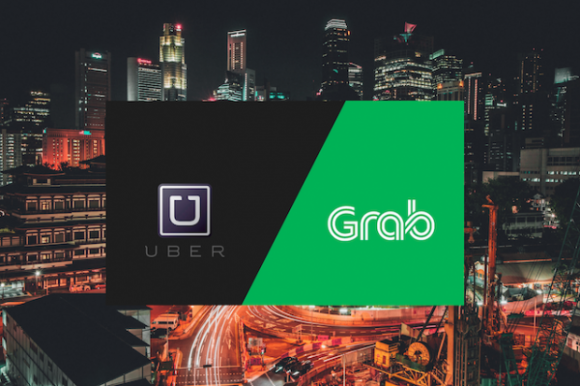From underdog to IPO, Southeast Asian super app Grab shows us how a hyper-local go-to-market strategy helped them beat Uber.
In 2011, Anthony Tang and Tan Hooi Ling took a $25K Harvard Business Plan award for their ride-hailing business idea called Grab. Today, Grab has dominated the Southeast Asian market, despite bigger names like Uber as their competition, and they are preparing for an upcoming IPO in 2021 with a private valuation of nearly $16 billion. On the precipice of Grab going public in the US, it’s worth looking at where the company started, how it got to where it is today, and how its hyper-local go-to-market strategy knocked Uber out of the Southeast Asian market and could be utilized as a successful expansion tool for businesses in virtually any sector.
Consider this – there were only two investors willing to invest in Grab’s first iteration, and one of them was Anthony Tang’s mother. The original ride-hailing business plan was created to help people in Malaysia travel more safely and affordably. Founders Tang and Ling hit the pavement, visiting bars, clubs and local social hangouts, as well as airports in an effort to recruit drivers. Soon, they’d built a formidable employee and customer base.
Then, Uber came to town. On the surface, this appeared as a potential death knell for Grab. Uber was known for dominating the competition, and the brand was widely recognized and trusted among consumers globally. Uber already had significant successes globally using a standardized approach, so it entered the Southeast Asian market with the same strategy.
However, instead of acclimating to their consumer climate, they maintained their global strategy as they had everywhere else, especially when it came to payment preferences. Grab, on the other hand, had made every effort to offer hyper-local, friendly and accommodating service from the beginning, right down to the transport they provided and localized payments accepted.
Now, in 2021, the Grab IPO is set to launch in the US with an overall valuation of close to $40 billion. How did the company reach this point?
- By capitalizing on convenience
- Hyper-localizing their offering in each market
- And becoming one of the world’s first super apps



